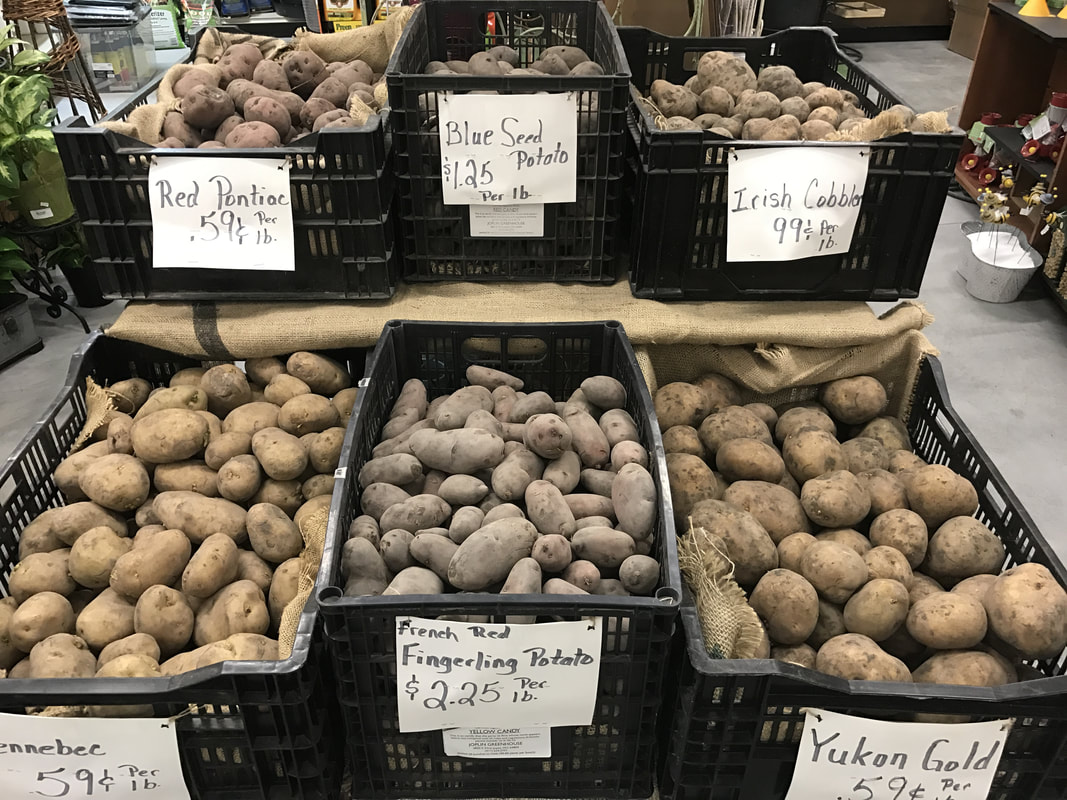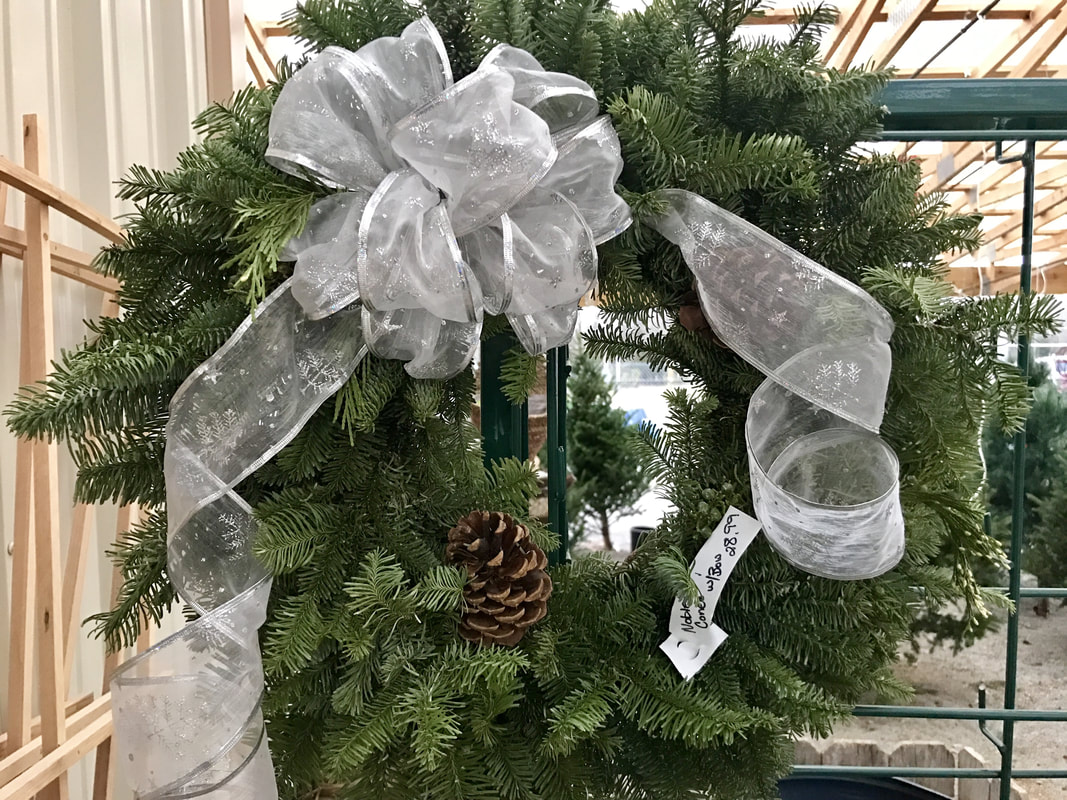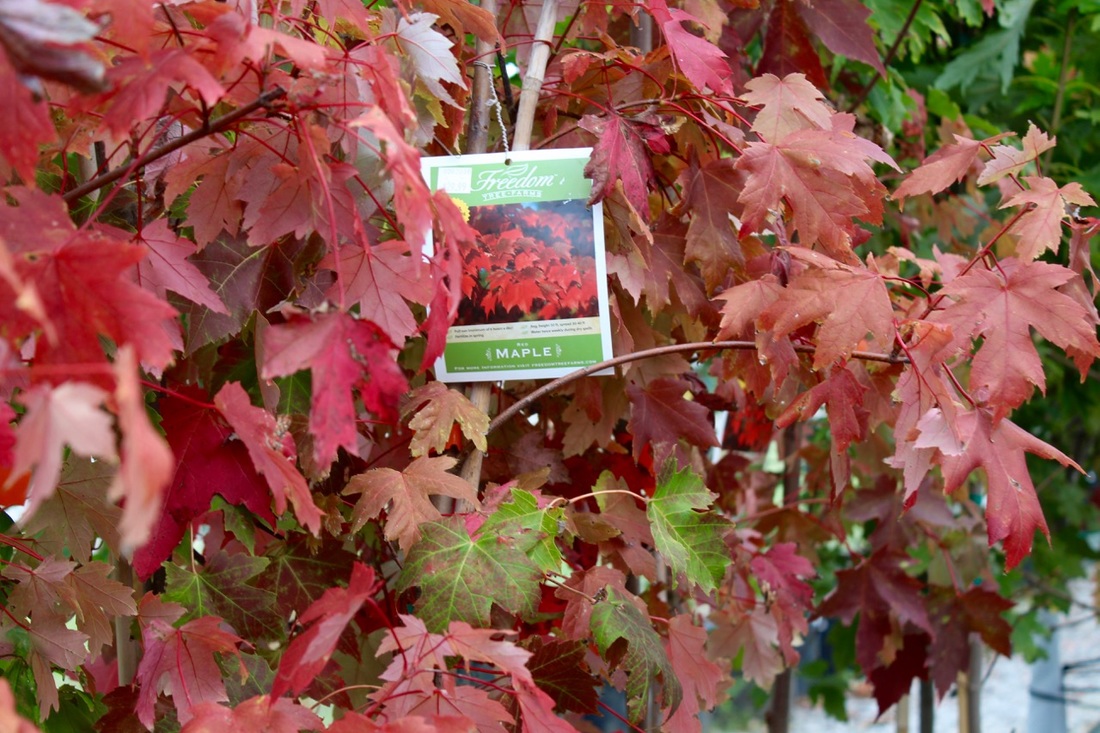Once the soil dries out a bit after the spring rains, it's time to plant potatoes, and we have you covered at In the Garden! We have quite a selection of seed potatoes to choose from, including traditional varieties like Yukon Gold to the more gourmet ones like French Red Fingerlings. Planting and growing potatoes is easy enough for beginning gardeners to try and can be fun for the whole family.
A week or two before you plant, set seed potatoes in an area where they'll be exposed to light and temperatures between 60 to 70 degrees to begin the sprouting process. When you're ready to plant, use a sharp, clean knife and cut each potato into chunks that each have an eye, or bud.
Potatoes grow best in rows using a trenching method. Dig a trench in a raised bed or garden area that gets plenty of direct sun. The trench should be about 6 to 8 inches deep. In the trench, plant each potato chunk with the eye or sprout pointing up every 12 to 15 inches. Each row should be spaced about 2 to 3 feet apart, depending on how much space you have.
Cover each potato chunk with about 4 inches of soil to begin with, then, as the plants begin to sprout, use soil you dug from the trench to backfill around it and create mounds around each plant.
Potatoes need regular watering in the hot months of summer. You can start harvesting your potatoes a few weeks after the plants flower. When the plants turn yellow and begin to die back, stop watering.
A week or two before you plant, set seed potatoes in an area where they'll be exposed to light and temperatures between 60 to 70 degrees to begin the sprouting process. When you're ready to plant, use a sharp, clean knife and cut each potato into chunks that each have an eye, or bud.
Potatoes grow best in rows using a trenching method. Dig a trench in a raised bed or garden area that gets plenty of direct sun. The trench should be about 6 to 8 inches deep. In the trench, plant each potato chunk with the eye or sprout pointing up every 12 to 15 inches. Each row should be spaced about 2 to 3 feet apart, depending on how much space you have.
Cover each potato chunk with about 4 inches of soil to begin with, then, as the plants begin to sprout, use soil you dug from the trench to backfill around it and create mounds around each plant.
Potatoes need regular watering in the hot months of summer. You can start harvesting your potatoes a few weeks after the plants flower. When the plants turn yellow and begin to die back, stop watering.
Did you know? We also have all the ergonomic tools you could ask for to help get the job done, including Radius trowels, weeders, and scoopers!
While you're in the shop, check out our full line of organic and heirloom seeds to make sure your garden is robust with produce this season! Have a question? Our staff are happy to help make recommendations or give you answers!
Just like plants, we keep growing and growing! Inside our shop, we have shelves of everything you need to keep your garden and lawn in tip-top shape!
Come see us soon and get the garden you've been dreaming about!
— John
— John
























 RSS Feed
RSS Feed